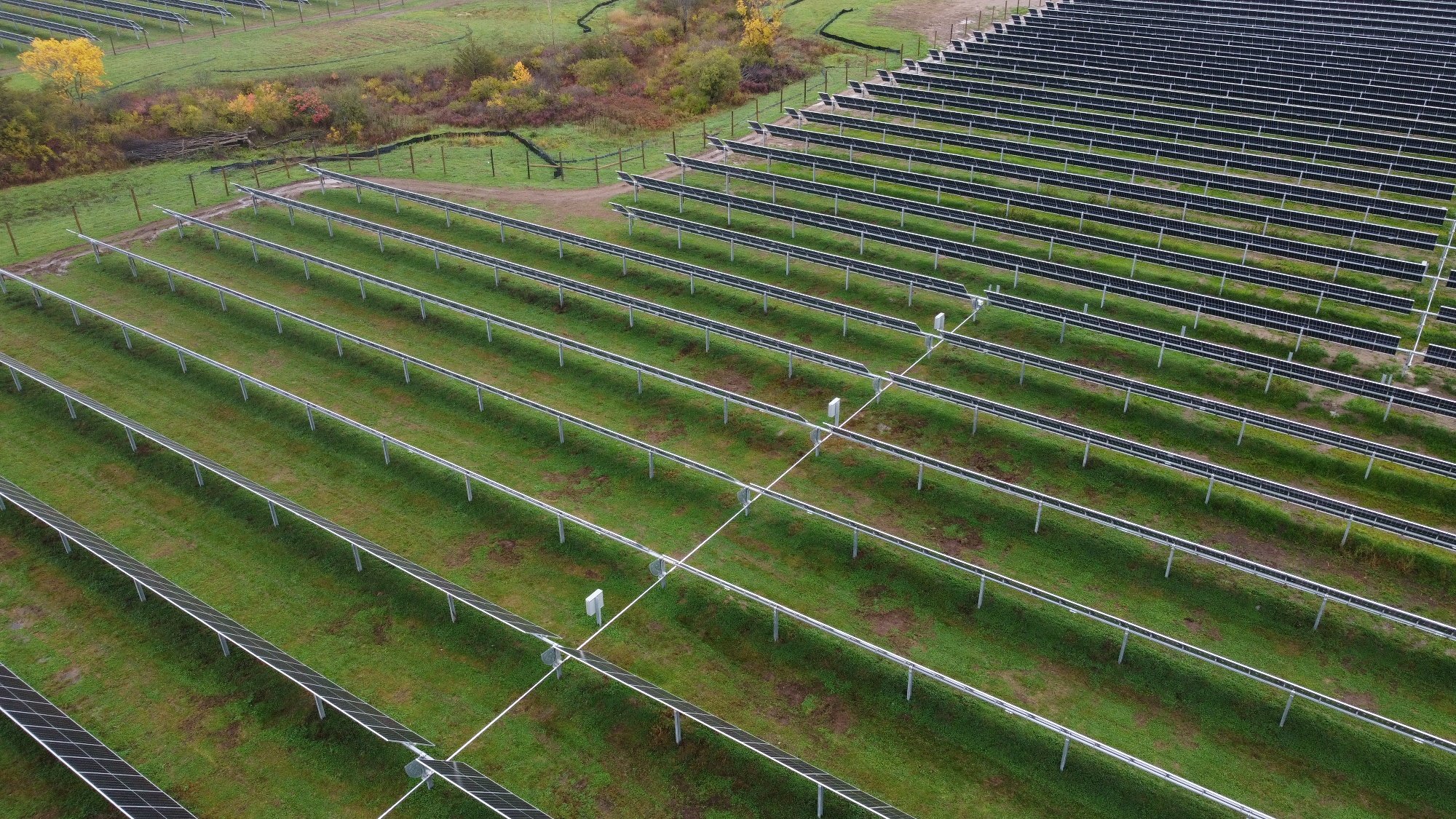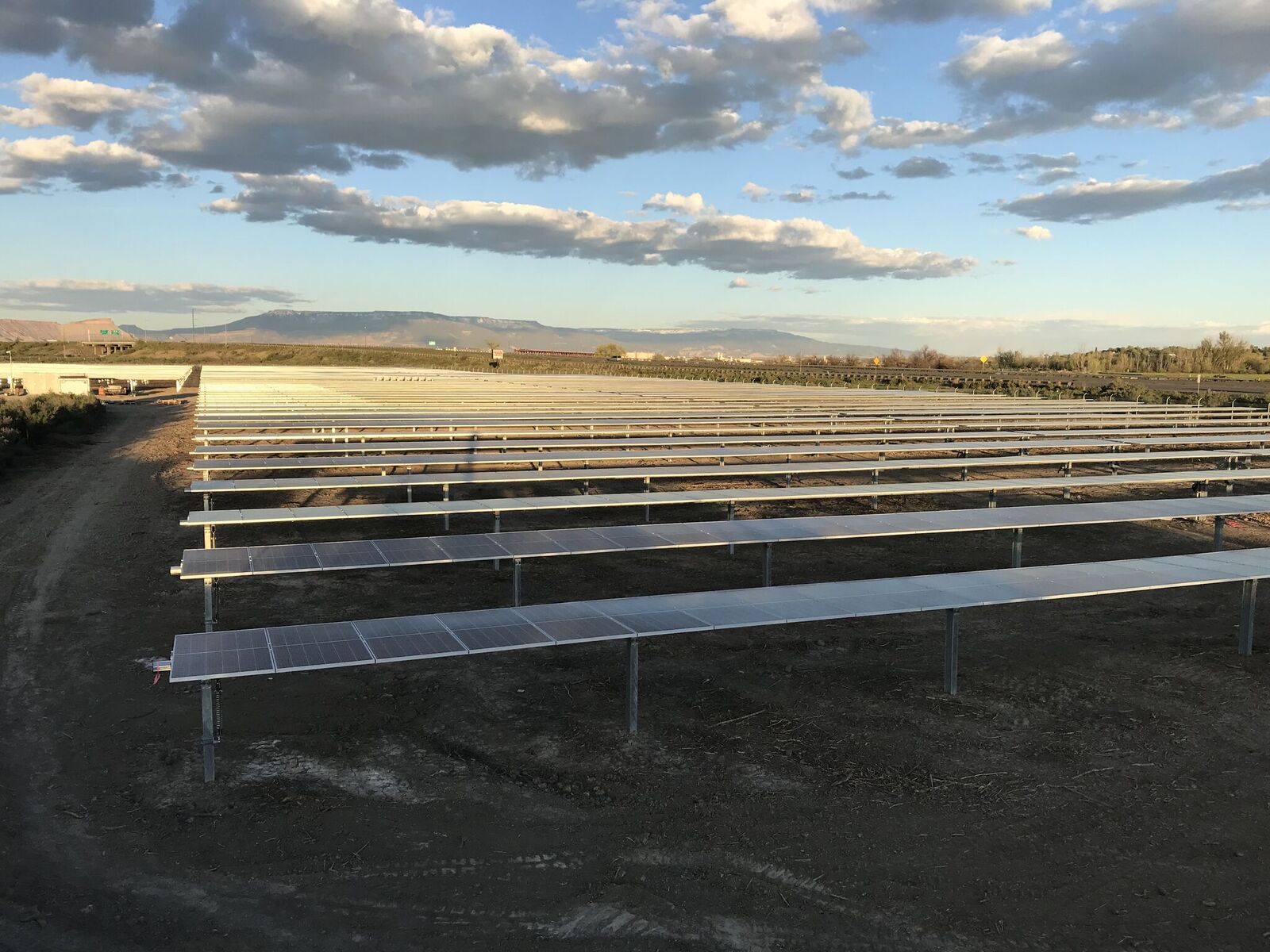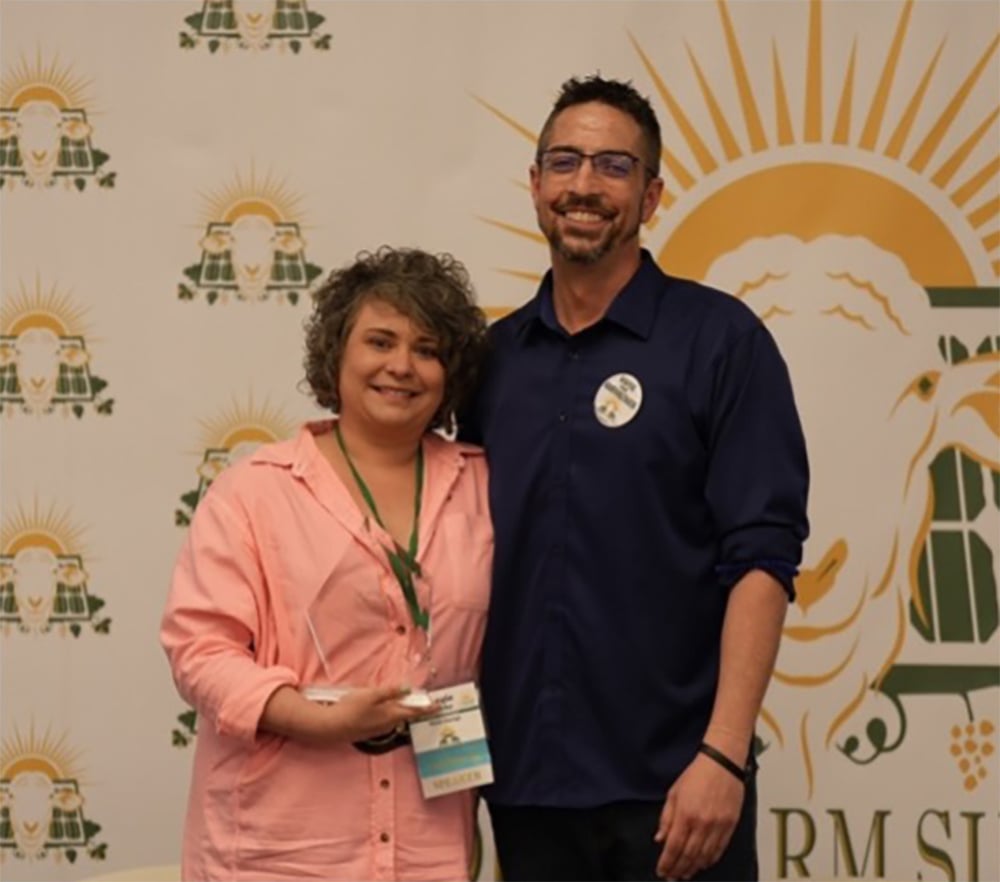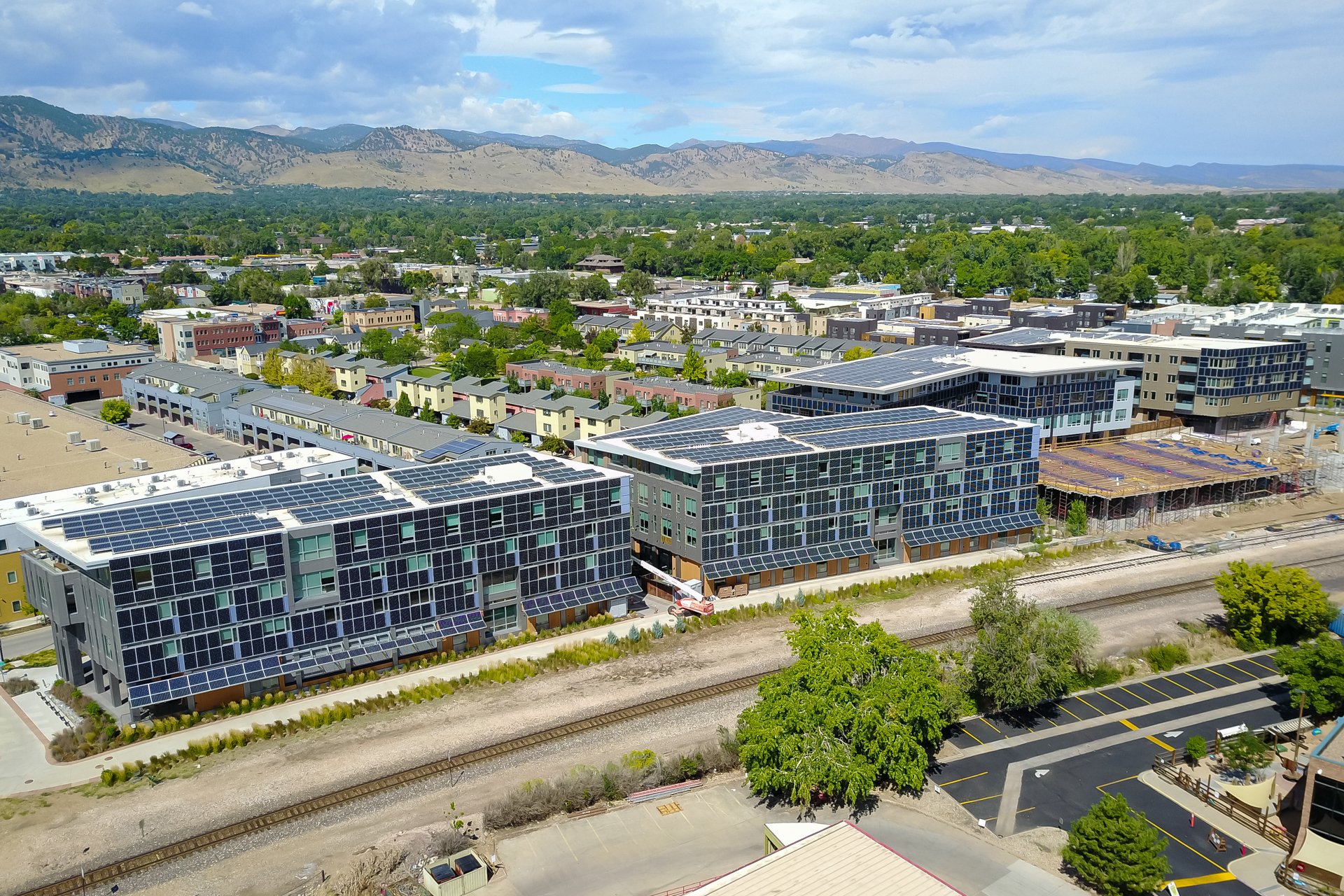October 6, 2021
5 Things You Should Know About Leasing Land
October 6, 2021

Community solar has gained a lot of traction over the past 10-15 years in states with ambitious renewable portfolio standards (RPS). These states realized early on that community solar projects benefit a range of stakeholders: they help utilities meet their renewable energy quotas, which in turn helps states achieve their RPS goals, and they deliver the cost-saving benefits of clean, sun-generated energy to local community members who need it most. Perhaps a lesser-known segment that benefits from community solar projects is landowners.
In states with progressive solar legislation, landowners have already discovered the perks of leasing unused or underutilized land for a community solar garden. Now a new wave of states have enacted their own policies that make solar economics more favorable than ever. For example, New Mexico recently passed Senate Bill 84 (SB 84) – also known as the Community Solar Act – which authorized 200 MW of community solar capacity to be built over the next three years.
Here we will discuss five things that landowners in New Mexico and other emerging solar states should know about leasing their property for a community solar project.
Earn a Predictable and Reliable Source of Income for Decades
Leasing a portion of your property to a trusted solar developer is a great way to earn an additional revenue stream and maximize the profitability of your land by putting unused or underutilized land to work.
Solar leases provide guaranteed payments to landowners for the duration of the project’s lifetime, which is typically 15 to 30 years. Because solar land lease payments are guaranteed (and can even increase over time), they offer a level of predictable income that other uses do not. Furthermore, we have found that landowners can expect the rent paid by the solar farm to exceed revenue from agricultural endeavors on dormant land.
In addition to enjoying the benefits of a steady stream of extra income, landowners do not have to worry about renegotiating land leases or finding a new tenant farmer every few years thanks to the longevity of solar lease agreements. These dual benefits make leasing land for solar an excellent option for many landowners.
Turn Your Property Into a Land Bank for the Next Generation
Solar leases provide guaranteed payments for the duration of the project’s life while the land value continues to appreciate. Hosting a solar project is a great way to generate additional income on a piece of land while keeping the property in the family for the next generation. This type of arrangement is commonly known as land banking.
So what happens to the property once the terms of the lease expire? The developer removes all of the solar equipment and returns the property to the landowner in “ready to plant” or “ready to develop” condition. Because constructing a solar farm is minimally impactful (it is essentially like adding new fencing on your land), the topsoil is preserved in good condition.
Generate Income While Saving Time and Energy
Some landowners are apprehensive about leasing their land for solar because they are worried it will mean a lot of work for them. Fortunately, this is not the case. Once the lease terms have been agreed upon, work on the landowner’s part is minimal. The solar developer manages every aspect of the project, from planning to construction, and once the project is up and running, they also take care of all long-term maintenance.
Hosting a solar array actually shifts the maintenance burden from the landowner to the solar company for the leased area. So while revenue increases, labor decreases, freeing up time and resources for other activities.
Lastly, developers should cover the cost of any increases in taxes (though this should be verified prior to signing the lease). Since the majority of solar farms are developed on otherwise dormant land that the owner would still be paying taxes on, solar leases can turn an annual financial burden into an income-generating asset.
Continue Being a Good Neighbor
Whenever landowners consider utilizing their land for a new purpose, they often consider their impact on the surrounding environment. Fortunately, solar farms make fantastic neighbors and are generally preferred when compared to other development opportunities because:
- They have short construction periods (typically two to three months)
- Once constructed, they generate no noise, no emissions, no lighting, and no traffic
- They are native plant and species friendly
Solar gardens are a quiet field of neatly organized rows producing clean, renewable energy for the local community. They are an unobtrusive and beneficial addition to almost any neighborhood.
Earn Money and Make a Positive Impact
For many landowners, what they choose to do with their land is part of their legacy. They not only take pride in making a positive impact in their community today, but they also increasingly consider what kind of positive impact they can have on future generations.
A solar garden constructed on ten acres can offset the equivalent amount of CO2 as 2,950 acres of U.S. forests each year. Leasing your land for solar is a meaningful way to contribute to helping your community, state, and country convert to a cleaner, renewable economy.
This is a great way for landowners to earn reliable income over the longer term and also contribute to a more sustainable future – it really is a win-win.
Lease Your Land for Solar
Whether you are a landowner* who is interested in increasing the revenue your land generates, land banking your property until more lucrative future development opportunities are available, or being part of the paradigm shift to renewable energy, a solar land lease is likely a great option for you. Our experienced team of solar developers is trusted by landowners around the country and we are eager to help landowners in New Mexico enjoy the same benefits of solar leases.
Contact our team today to see how we can help you make the most of your land.
*Please note that there is a 10-15 acre minimum under the current program. If you are a landowner with acreage below this threshold but you are interested in leasing your land for solar, we encourage you to stay tuned for more updates as your site may well be eligible in the future.


